Green Roofs
As environmental concerns and sustainability become increasingly important, homeowners are seeking innovative ways to make their homes more eco-friendly. One such solution gaining popularity is the installation of green roofs. Green roofs, also known as living roofs, are covered with vegetation and provide numerous environmental, economic, and aesthetic benefits. In this article, we will explore the advantages of green roofs and why they might be the perfect addition to your home.
What is a Green Roof?
A green roof consists of a waterproofing membrane, a growing medium (soil), and vegetation. There are two main types of green roofs:
1. Extensive Green Roofs: These are lightweight and have a shallow growing medium, typically 2-6 inches deep. They are designed for minimal maintenance and are often planted with drought-resistant plants, such as sedums and grasses.
2. Intensive Green Roofs: These roofs have a deeper growing medium, usually 6 inches to several feet, and can support a wider variety of plants, including shrubs and small trees. Intensive green roofs require more maintenance and are heavier, often needing additional structural support.
Environmental Benefits
1. Improved Air Quality: Green roofs help filter pollutants and carbon dioxide out of the air, contributing to improved air quality. Plants on green roofs absorb these pollutants, producing clean oxygen in return.
2. Stormwater Management: Green roofs significantly reduce stormwater runoff by absorbing rainwater. This helps to mitigate flooding, reduces the burden on stormwater infrastructure, and decreases the risk of sewer overflows. Additionally, the plants and soil on green roofs naturally filter rainwater, improving its quality before it reaches the ground.
3. Urban Heat Island Effect: Green roofs help combat the urban heat island effect, where cities experience higher temperatures than surrounding rural areas due to human activities and infrastructure. The vegetation on green roofs absorbs sunlight and provides natural cooling, reducing the overall temperature in urban environments.
4. Habitat Creation: Green roofs create habitats for various species of plants, insects, and birds, contributing to urban biodiversity. They can serve as green spaces in densely populated areas, providing a sanctuary for wildlife and promoting ecological balance.
Economic Benefits
1. Energy Efficiency: Green roofs provide natural insulation, reducing the need for heating in the winter and cooling in the summer. This can lead to significant energy savings and lower utility bills. The insulation properties of green roofs also contribute to a more comfortable indoor environment year-round.
2. Extended Roof Lifespan: The protective layer of vegetation and soil shields the underlying roofing materials from UV rays, extreme temperatures, and mechanical damage. This protection can extend the lifespan of the roof, reducing the frequency of replacements and repairs.
3. Increased Property Value: Green roofs can enhance the aesthetic appeal of a property, potentially increasing its market value. The unique and sustainable features of green roofs make them an attractive selling point for environmentally conscious buyers.
4. Noise Reduction: Green roofs provide sound insulation, reducing noise pollution from outside sources. This is particularly beneficial in urban areas, where noise levels can be higher. The vegetation and soil layers absorb sound, creating a quieter indoor environment.
Aesthetic and Well-Being Benefits
1. Visual Appeal: Green roofs add natural beauty to buildings, creating visually appealing green spaces in urban environments. They can transform otherwise unused rooftop areas into attractive gardens and recreational spaces.
2. Stress Reduction: Exposure to green spaces and nature has been shown to reduce stress and improve mental well-being. Green roofs provide residents with access to natural environments, promoting relaxation and enhancing the quality of life.
3. Community Spaces: Intensive green roofs, in particular, can be designed as communal gardens or recreational areas. These spaces can foster a sense of community, providing areas for social interaction, relaxation, and gardening.
Considerations for Installing a Green Roof
1. Structural Support: Before installing a green roof, it is essential to assess whether your building can support the additional weight. Extensive green roofs are lighter and may be suitable for most structures, while intensive green roofs require more robust support.
2. Waterproofing: Proper waterproofing is crucial to prevent leaks and water damage. A high-quality waterproof membrane should be installed to protect the building's structure from moisture.
3. Maintenance: Green roofs require regular maintenance to ensure the health of the vegetation and the integrity of the roofing system. Extensive green roofs need less maintenance, while intensive green roofs require more frequent care.
4. Cost: The initial cost of installing a green roof can be higher than traditional roofing options. However, the long-term benefits, such as energy savings, increased roof lifespan, and environmental advantages, can offset the initial investment.
Conclusion
Green roofs offer a sustainable and innovative roofing solution that provides numerous environmental, economic, and aesthetic benefits. From improving air quality and managing stormwater to enhancing property value and providing natural beauty, green roofs are a versatile addition to modern homes. By carefully considering the structural requirements and maintenance needs, homeowners can enjoy the advantages of a green roof while contributing to a more sustainable and eco-friendly future. If you’re looking to make a positive impact on the environment and enhance your home, a green roof might be the perfect choice.
